In metallurgy, ferrochrome functions as a key player in stainless steel production. This alloy, primarily composed of iron and chromium (50-70%), earns renown for its corrosion resistance and durability, making it an essential component in various industrial applications. The article will comprehensively cover the ferrochrome alloy, encompassing its chemical composition, properties, applications, and its pivotal role in the steel industry.
Welcome to Pars Manganez Naqsh Jahan a leading company dedicated to the production of high-quality alloys essential for the steel industry, including ferrochrome, ferromanganese, ferro silicon, and key raw materials. With a commitment to excellence, our mission is to enhance the global steel industry by consistently delivering superior alloys. Rigorous quality control ensures that our products meet and surpass industry standards, and our efficient logistics enable us to supply top-notch alloys to clients worldwide. Contact us at to experience the reliability and quality that Pars Manganez brings to the world of alloys, driving advancements in steel manufacturing.
Ferrochrome Formula
The formula for ferrochrome typically involves representing the composition of the alloy in terms of its constituent elements. Ferrochrome is primarily composed of iron (Fe) and chromium (Cr). The specific formula may vary depending on the exact composition and the presence of other alloying elements. However, a general representation of ferrochrome can be expressed as:
Fe + Cr + other alloying element → FeCr
This formula signifies that ferro chrome combines iron, chromium, and potentially other elements added to achieve specific desired properties. The proportions of iron and chromium may vary depending on the intended application and the specific grade of ferrochrome being produced.
Ferrochrome chemical composition
The chemical composition of ferro chrome can vary depending on the specific grade and the intended industrial application. The percentage of chromium in ferro chrome typically ranges from 50% to 70% or more, depending on the grade. The carbon content is another significant factor, with high carbon, medium carbon, and low carbon ferrochrome grades available. Other alloying elements may include silicon (Si), aluminium (Al), and manganese (Mn), among others, depending on the specific requirements of the alloy being produced.
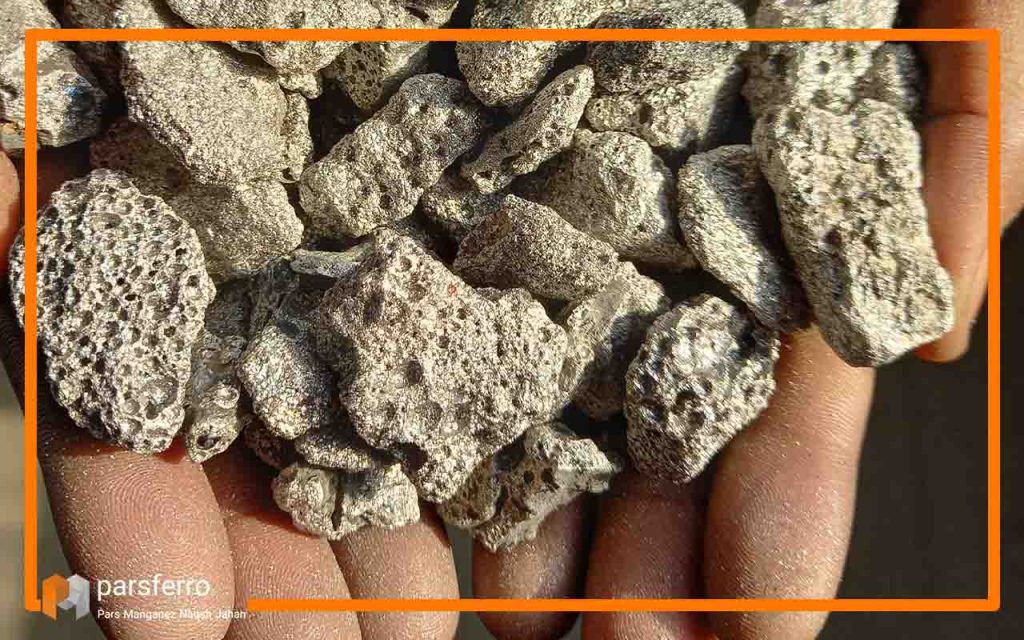
Types of ferro chrome
Ferrochrome is classified into different grades based on its composition, particularly the ratio of chromium to iron and the presence of other alloying elements. The grading of ferrochrome is crucial as it determines the alloy’s suitability for various industrial applications. Here are some common ferrochrome grades used in industrial settings:
High Carbon Ferrochrome
High carbon ferrochrome typically contains a higher percentage of carbon(4-9%), 60-70%Chrome and 1-3% Si. Type to its hardness and wear resistance. This grade is often used in the production of high-strength, wear-resistant alloys.
Medium Carbon Ferrochrome
Medium carbon ferrochrome has a moderate carbon content(0.5-4%), offering a balance between hardness and ductility. It finds applications in the manufacturing of stainless steel and other alloy steels.
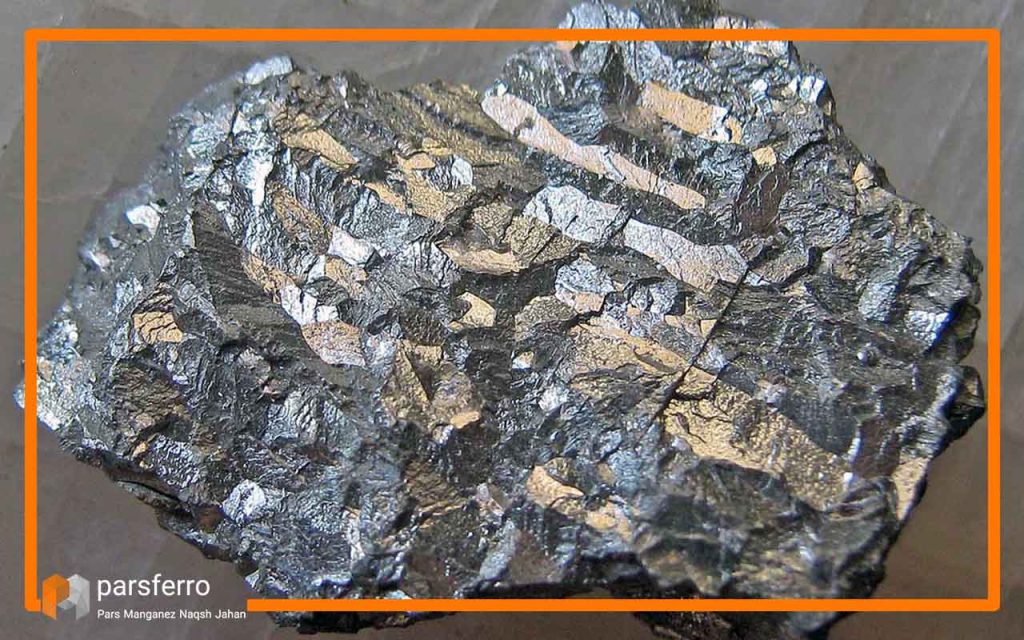
Low Carbon Ferrochrome
Low carbon ferrochrome contains less than 0.5% carbon, making it suitable for applications requiring minimized carbon levels. It finds common use in the production of low-carbon and ultra-low-carbon stainless steels.
Charge Chrome
Charge chrome refers to a high-grade ferrochrome used in the production of stainless steel and specialty alloys. It is characterized by its high chromium content and minimal impurities.
Nitrided Ferrochrome
Nitrided ferrochrome is treated with nitrogen to improve its hardness and wear resistance. This grade is employed in applications where enhanced hardness and resistance to abrasion are essential.
Ferrochrome with Other Alloying Elements
Some ferrochrome grades may include additional alloying elements such as silicon, aluminum, and manganese to achieve specific properties. These alloying elements are chosen based on the desired characteristics of the final alloy.
The choice of ferrochrome grade depends on the requirements of the end product and the specific characteristics needed for a particular industrial application. Manufacturers carefully select the appropriate grade to ensure that the resulting alloy meets the desired specifications, whether it be for corrosion resistance, high-temperature strength, or other specific attributes.
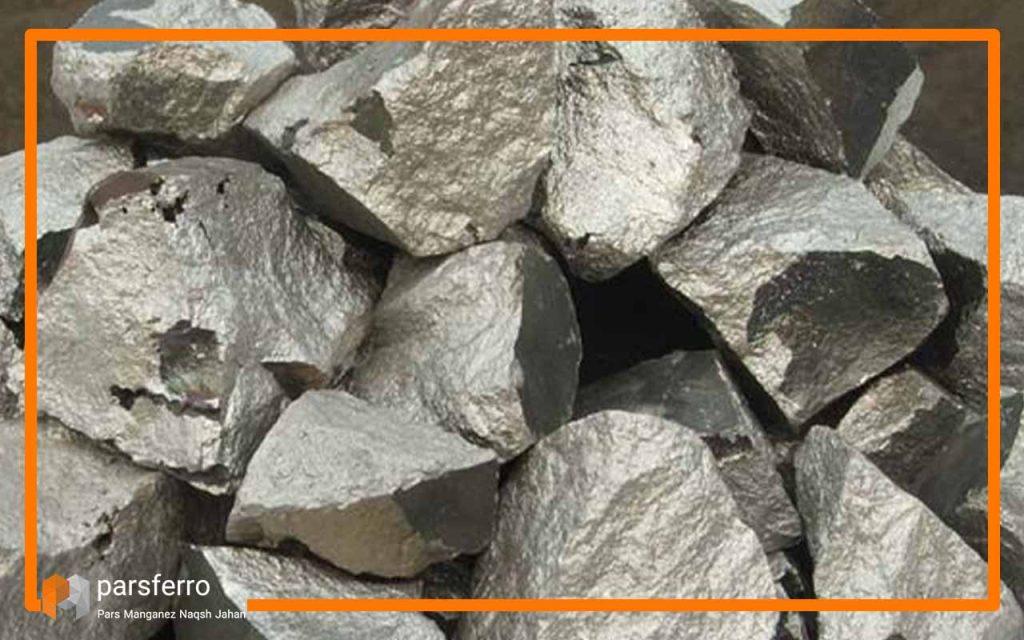
Physical properties of ferrochrome
The physical properties of ferro chrome are listed in the table below:
Table1. the physical properties of ferro chrome
| Property | Value/Description |
| Color | Silver to steel-gray |
| Density | 6.7 – 7.2 g/cm³ (approximate range) |
| Melting Point | > 1,500°C |
| Odor | Typically odorless |
| Hardness | Influenced by chromium content, generally hard |
| Magnetic Properties | Magnetic, influenced by iron content |
| Brittleness | May exhibit brittleness, influenced by composition |
| Electrical Conductivity | Good electrical conductivity |
note that these values are approximate and can vary based on the specific composition and grade of ferrochrome.For precise information, it is advisable to refer to the product specifications provided by manufacturers or suppliers.
What is the raw material for ferro chrome production?
The primary raw material for ferro chrome production is chromite ore, a mineral containing chromium oxide (Cr2O3). Mined from chromite deposits, this ore undergoes beneficiation processes to remove impurities. In electric arc furnaces, carbonaceous materials like coke or coal serve as reducing agents during the smelting of concentrated chromite.
This smelting process results in the reduction of chromite to ferrochrome, an alloy of iron and chromium. During this stage, alloying elements like silicon, aluminum, and manganese can be added to achieve specific properties in the final alloy. The careful selection and processing of chromite ore are essential to achieving the specific properties required in ferrochrome, which is a vital component in the production of stainless steel and other corrosion-resistant alloys.
Ferrochrome production process
The production of ferrochrome involves a complex smelting process, usually carried out in electric arc furnaces. The process converts chromite ore (composed mainly of chromium oxide)) into ferrochrome, an alloy of iron and chromium. Here is a simplified overview of the ferrochrome production process:
1. Mining and Beneficiation
Chromite ore is mined from deposits, and the ore undergoes beneficiation processes to remove impurities. The beneficiation process can include crushing, screening, and gravity separation to concentrate the chromite.
2. Smelting
The concentrated chromite ore is then subjected to smelting in electric arc furnaces. These furnaces reach extremely high temperatures. Carbonaceous materials such as coke or coal are used as reducing agents. The carbon reacts with the oxygen in the chromite ore, reducing it to ferrochrome. The overall chemical reaction can be represented as:
3. Alloy Formation
The reduction of chromite results in the formation of molten ferrochrome, which collects at the bottom of the furnace. Other alloying elements, such as silicon, aluminum, and manganese, may be added at this stage to achieve specific properties in the final alloy.

4. Tap Hole and Casting
Once the furnace achieves the desired composition, it taps the molten ferrochrome through a tap hole.Afterwards, cast the alloy in its molten state into molds to solidify into the required shape for further processing.
5. Crushing and Screening
Crush and screen the solidified ferrochrome to produce various size fractions. The resulting product can be in the form of lumps, chips, or fines.
6. Cooling and Handling
The crushed and screened ferro chrome is then cooled to ambient temperatures and prepared for transportation or storage.
Throughout the ferro chrome production process, precise control of temperature, composition, and alloying elements is crucial to ensure the production of high-quality ferro chrome with the desired properties. The process is energy-intensive and involves advanced metallurgical techniques to achieve the required alloy specifications for various industrial applications, particularly in the production of stainless steel.
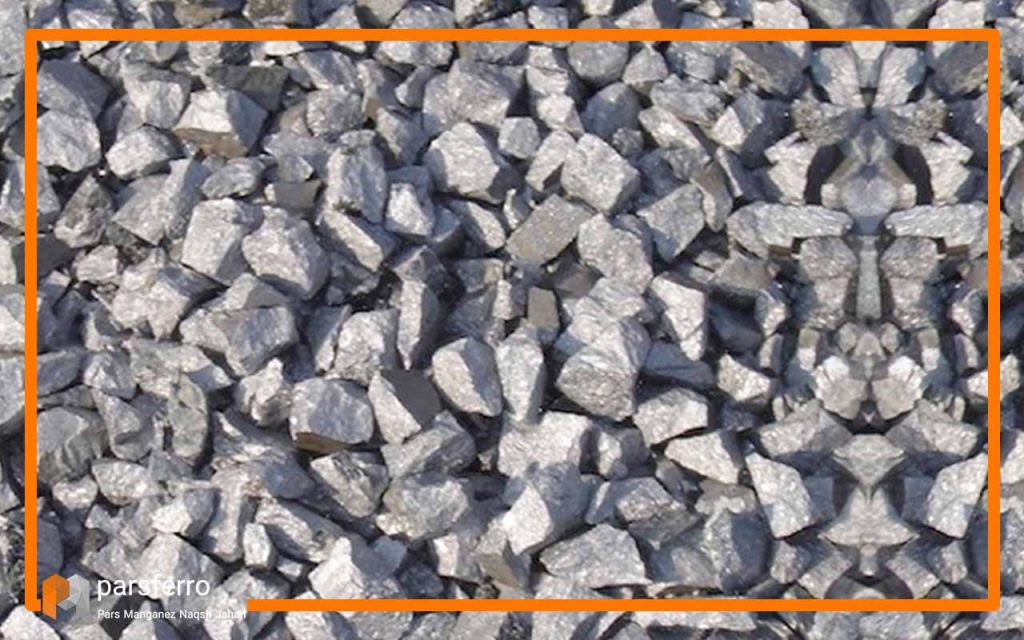
Ferrochrome slag
Ferro chrome slag results as a byproduct generated during the production of ferro chrome, usually through the smelting of chromite ore in electric arc furnaces. This slag consists of various non-metallic components, including oxides of silicon, aluminium, and magnesium, as well as residual chrome oxide. Ferro chrome slag is a complex material with both environmental challenges and potential applications. Its disposal has historically posed environmental concerns due to its high chromium content, which can leach into the environment. However, researchers and industry have made efforts to develop technologies for the sustainable and beneficial use of ferro chrome slag. Some applications include its use as an aggregate in construction materials like concrete, which can enhance the material’s strength and durability. Additionally, ongoing research focuses on extracting valuable metals from the slag, contributing to more efficient and environmentally friendly ferro chrome production processes.
Ferrochrome uses in steel industry
Ferro chrome plays a crucial role in the steel industry, primarily in the production of stainless steel. Stainless steel is an alloy of iron, chromium, and often other elements such as nickel, molybdenum, and manganese. The addition of ferro chrome to the steel mixture imparts essential properties that make stainless steel highly desirable in various applications. The key uses of ferro chrome in the steel industry include:
- Corrosion Resistance: Chromium, the primary component of ferrochrome, enhances the corrosion resistance of steel. Stainless steel produced with ferrochrome resists rust, tarnish, and corrosion, making it ideal for applications in harsh environments, such as marine and chemical processing.
- Durability and Strength: The presence of chromium contributes to the hardness and strength of stainless steel. Ferrochrome enables the production of steel with excellent mechanical properties, making it suitable for a wide range of industrial and structural applications.
- Heat Resistance: Stainless steel containing ferrochrome exhibits high-temperature strength and heat resistance. This property makes it valuable for applications involving exposure to elevated temperatures, such as in the manufacturing of industrial furnaces and exhaust systems.
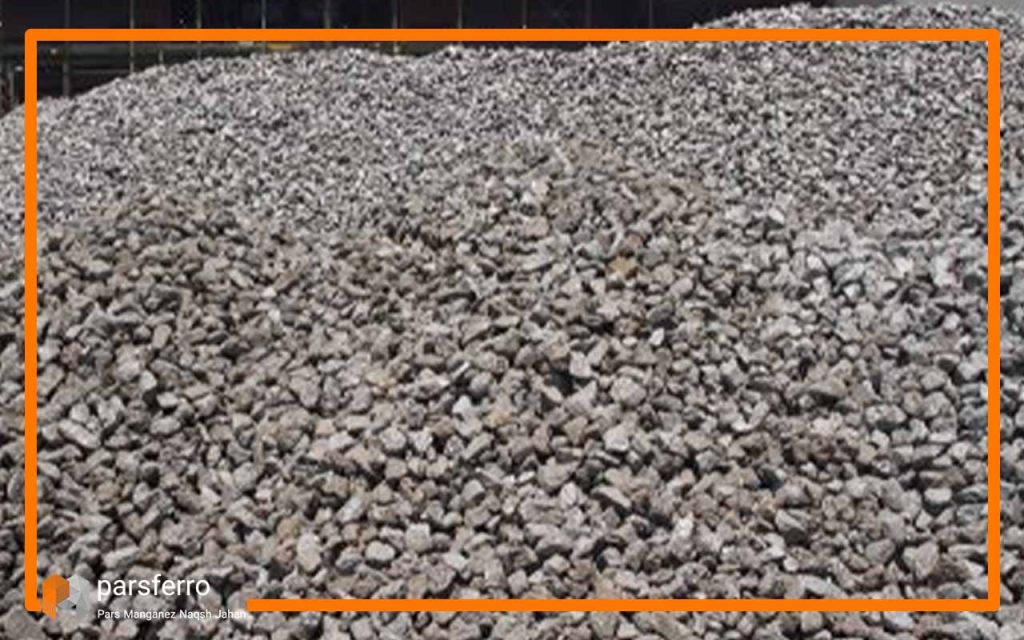
Industrial application of ferro chrome
Ferrochrome finds a range of industrial applications due to its unique properties, particularly in imparting corrosion resistance, strength, and durability. Some notable industrial applications of ferrochrome include:
- Stainless Steel Production
- Aerospace Industry
- Chemical and Petrochemical Industries
- Energy Industry
- Medical Instruments
- Mining and Ore Processing Equipment
- Railway Infrastructure
- Environmental Applications
The diverse applications of ferrochrome underscore its significance across various industries, where its unique combination of properties addresses specific engineering and operational requirements. The ongoing development of technologies and processes continues to expand the range of industrial applications for this essential alloy.
conclusion
Ferrochrome is a crucial alloy in metallurgy, essential for stainless steel production due to its corrosion resistance and durability. It is composed mainly of iron and chromium, with various grades tailored for specific industrial applications. Ferro chrome’s diverse grades meet needs ranging from high-strength alloys to low-carbon stainless steels.
However, ferrochrome production generates slag, posing environmental challenges yet offering opportunities for sustainable applications. In the steel industry, ferrochrome enhances stainless steel properties, making it corrosion-resistant, durable, and heat-resistant. Ferrochrome finds applications in aerospace, chemical, energy, medical, mining, and railway industries. In conclusion, Ferro chrome’s journey from chromite ore to stainless steel is a vital aspect of modern metallurgy, contributing significantly to industrial progress and technological advancements, with its enduring significance likely to persist as industries evolve.

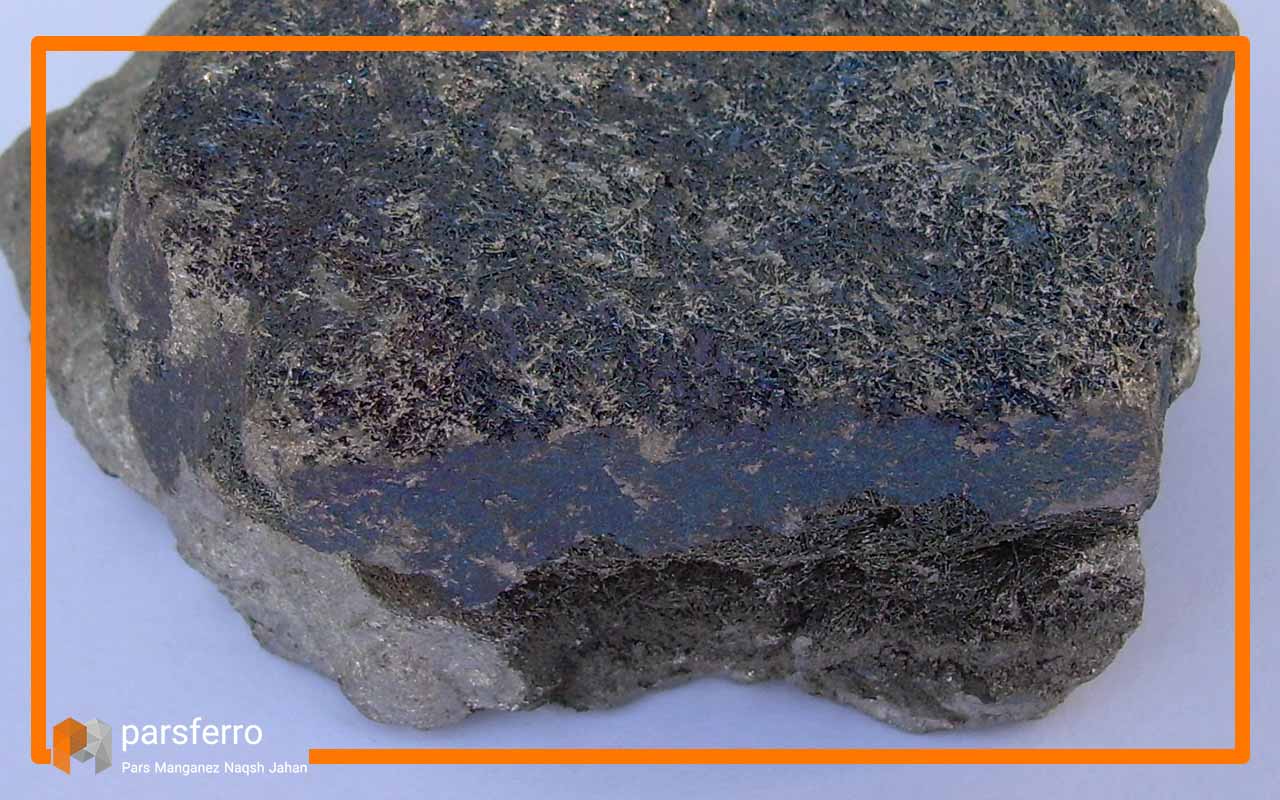
No comment